In today’s competitive market, selecting the appropriate packaging material is crucial for protecting your product, enhancing brand image, and meeting consumer expectations. Packaging is more than just a protective shell; it’s the first thing customers see and touch, making it a vital component of your brand’s identity.
The right packaging can elevate your product, while the wrong choice might lead to damaged goods or disappointed customers. As we navigate through an era of increasing environmental awareness, the sustainability of packaging materials has also become a significant factor in decision-making.
Let’s explore the world of packaging materials, their unique properties, and how to select the best option for your product.
Common Packaging Materials
Paper and Cardboard
Paper-based packaging, including cardboard, is one of the most versatile and widely used materials in the industry. It comes in various forms:
Corrugated Cardboard: Lightweight yet sturdy, this material is excellent for shipping boxes and retail displays. Its structure, consisting of a fluted layer sandwiched between two liner boards, provides excellent cushioning and strength.
Paperboard: Thinner than corrugated cardboard but thicker than regular paper, paperboard is ideal for cereal boxes, cosmetic packaging, and other lightweight products.
Rigid Boxes: Made from highly condensed paperboard, these boxes offer a premium look and feel, making them perfect for luxury items and high-end electronics.
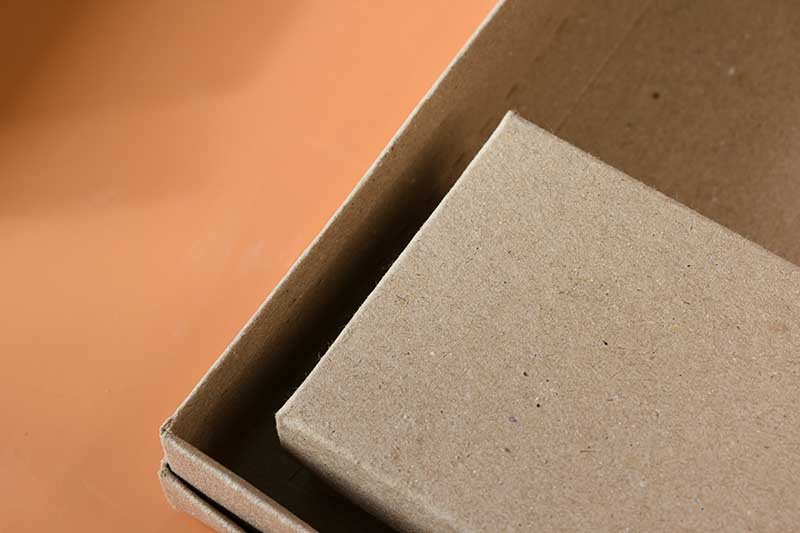
Paper Bags: Eco-friendly and customizable, paper bags are popular for retail and promotional use.
Advantages:
- Recyclable and biodegradable
- Highly customizable with printing and surface treatment options
- Cost-effective for many applications
- Lightweight, reducing shipping costs
Disadvantages:
- Limited moisture resistance (though this can be improved with treatments)
- Less durable than some alternatives for heavy or fragile items
Plastic
Plastic packaging comes in many forms, from flexible films to rigid containers. Common types include:
Polyethylene Terephthalate (PET): Often used for beverage bottles and food containers.
High-Density Polyethylene (HDPE): Common in milk jugs and shampoo bottles.
Polyvinyl Chloride (PVC): Used in blister packs and some food wraps.
Low-Density Polyethylene (LDPE): Found in squeeze bottles and some plastic bags.
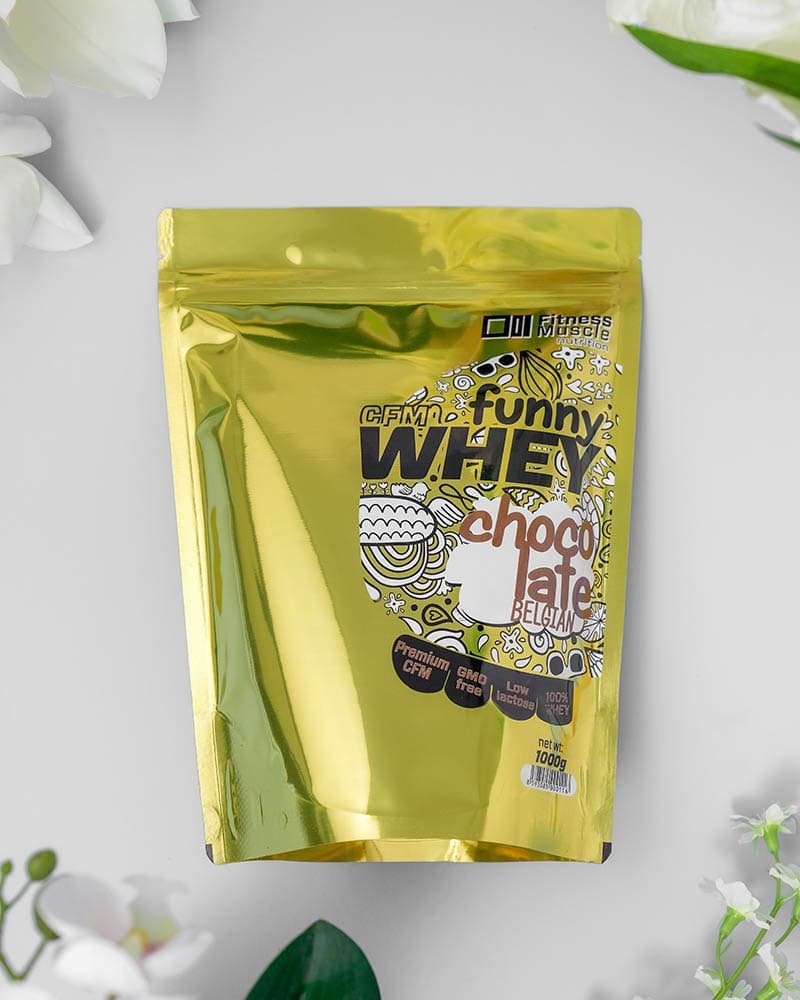
Advantages:
- Lightweight and durable
- Excellent barrier properties against moisture and gases
- Versatile in terms of shape and design
- Cost-effective for mass production
Disadvantages:
- Environmental concerns due to slow degradation
- Some types are difficult to recycle
- Potential for chemical leaching in certain conditions
Glass
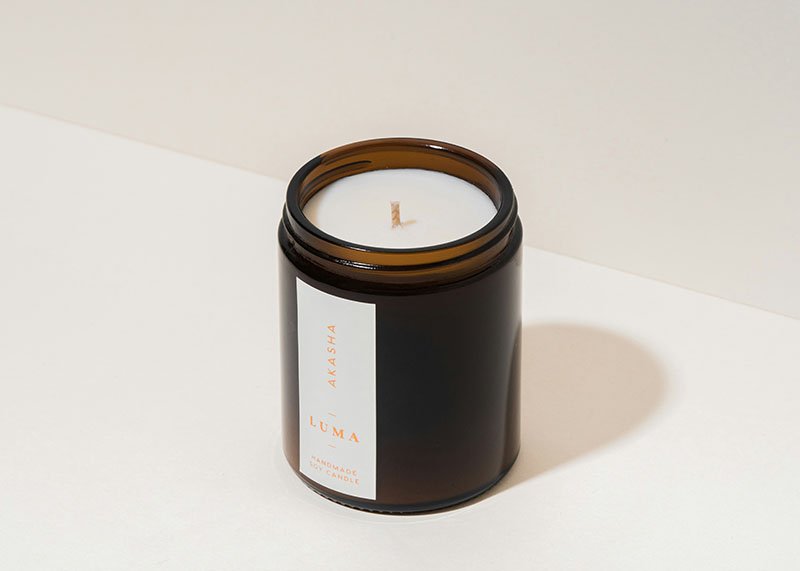
Glass packaging has been used for centuries and remains popular for certain products:
Advantages:
- 100% recyclable and can be recycled indefinitely without loss in quality
- Excellent barrier properties, preserving product freshness and flavor
- Provides a premium look and feel
- Chemically inert, preventing unwanted reactions with the contents
Disadvantages:
- Heavy, increasing shipping costs
- Fragile and prone to breakage
- Higher production costs compared to some alternatives
Metal
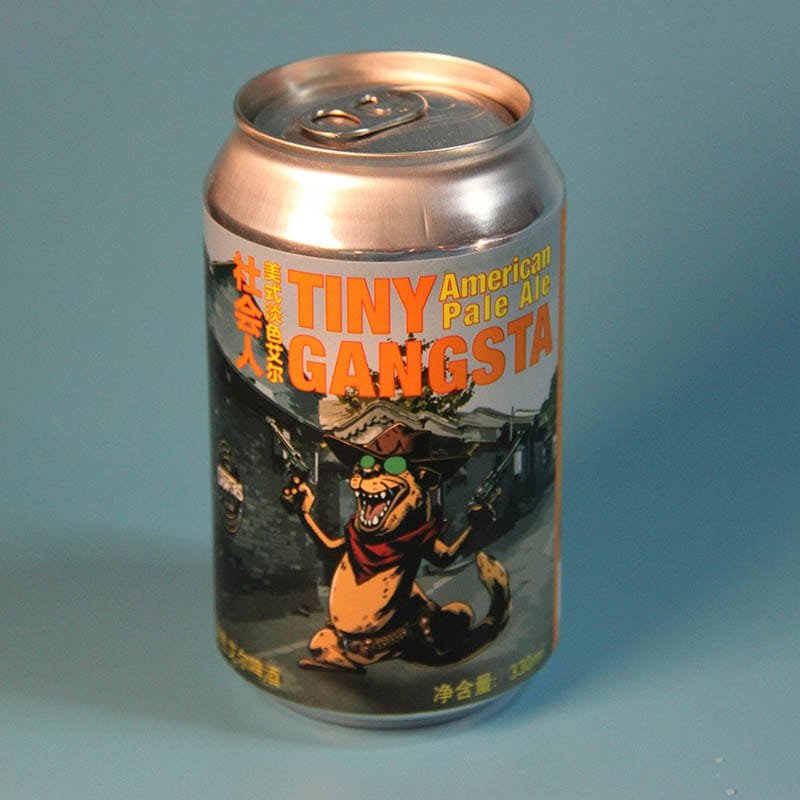
Metal packaging, primarily aluminum and steel, is commonly used for canned goods, aerosols, and some luxury items:
Advantages:
- Excellent barrier properties
- Durable and resistant to damage
- Can be recycled indefinitely
- Provides a long shelf life for products
Disadvantages:
- Higher production costs
- Heavier than plastic or paper alternatives
- Potential for corrosion if not properly treated
Fabric
Fabric packaging has gained popularity in recent years, especially for luxury and eco-friendly products. Various types of fabrics are used in packaging:
Cotton: A versatile natural fiber, cotton is popular for reusable bags, pouches, and gift wrapping. It’s biodegradable, soft, and can be easily printed on.
Organza: A lightweight, sheer fabric often used for decorative packaging in the luxury and cosmetics industries.
Velvet: Soft and luxurious, velvet fabric is used for high-end jewelry and luxury product packaging.
Jute: A coarse natural fiber, jute is eco-friendly and often used for rustic or environmentally conscious packaging.
Synthetic fabrics: Materials like polyester or nylon are used when durability and water resistance are required.
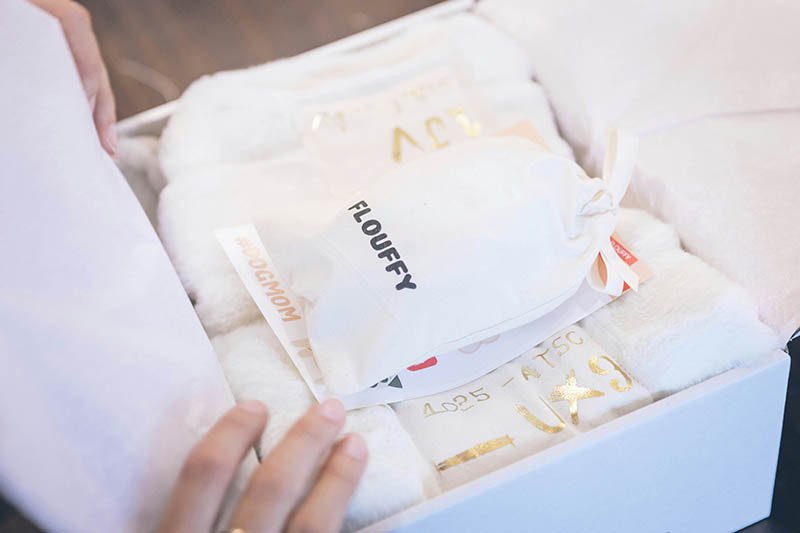
Advantages:
- Reusable and often washable
- Can enhance brand image and perceived value
- Versatile in terms of design and customization
- Many options are eco-friendly
Disadvantages:
- Generally more expensive than paper or plastic alternatives
- May not provide as much protection as rigid materials
- Some synthetic fabrics are not biodegradable
Fabric packaging can significantly enhance the unboxing experience and add value to the product, making it an increasingly popular choice for many brands, especially in the fashion, cosmetics, and luxury goods sectors.
Bioplastics
As a response to environmental concerns, bioplastics derived from renewable biomass sources are gaining popularity:
Advantages:
- Made from renewable resources
- Often biodegradable or compostable
- Reduced carbon footprint compared to traditional plastics
Disadvantages:
- Higher production costs
- May not be suitable for all applications
- Confusion over proper disposal methods
How to Choose the Right Packaging Material
Selecting the ideal packaging material involves considering several factors:
Product Characteristics
Consider the physical properties of your product. Is it fragile, perishable, or sensitive to light or moisture? For instance, glass or metal might be preferable for products requiring an absolute moisture barrier, while corrugated cardboard could suffice for sturdy, non-perishable items.
Brand Image
Your packaging is a reflection of your brand. Luxury products might benefit from the premium feel of glass or rigid boxes, while eco-friendly brands might opt for recycled paper or bioplastics to reinforce their sustainability message. Have you ever considered how your packaging material affects your brand image?
Environmental Impact
With growing consumer awareness about environmental issues, consider the lifecycle of your packaging. Can it be easily recycled or composted? 72% of consumers admit that the packaging design influences their purchasing decisions. Materials like FSC-certified paper and glass have an advantage here, but innovations in plastic recycling are narrowing the gap.
Regulatory Compliance
Certain industries, particularly food and pharmaceuticals, have strict packaging regulations. The FDA regulates the safety of ingredients added directly to food and substances that come into contact with food, such as packaging materials. Ensure your chosen material meets all relevant standards and regulations.
Functionality and User Experience
Consider how customers will interact with the packaging. Is it easy to open? Does it provide necessary information clearly? Can it be resealed if needed? For example, a resealable stand-up pouch might be ideal for snack foods, combining convenience with product freshness.
Supply Chain and Logistics
Think about how your product will be transported and stored. Durable materials like corrugated cardboard or plastic might be necessary for products that undergo rough handling during shipping.
Cost Considerations
Balance the cost of materials with their benefits. Many e-commerce businesses prefer kraft paper for its low cost and high durability, reducing overall packaging expenses. While plastic might be cheaper upfront, more expensive materials like glass could justify their cost through improved product protection or brand perception.
Conclusion
Choosing the right packaging material is a multifaceted decision that can significantly impact your product’s success. By carefully considering your product’s needs, your brand image, environmental impact, and consumer preferences, you can select a packaging solution that not only protects your product but also enhances its appeal and aligns with your company’s values.
As packaging technology continues to evolve, stay informed about new materials and innovations. The perfect packaging solution balances protection, presentation, practicality, and sustainability, creating a positive experience for your customers while supporting your business goals.
Get inspired with more packaging solutions at BrillPack Packaging Solutions.
Contact for a Free Consultation!

